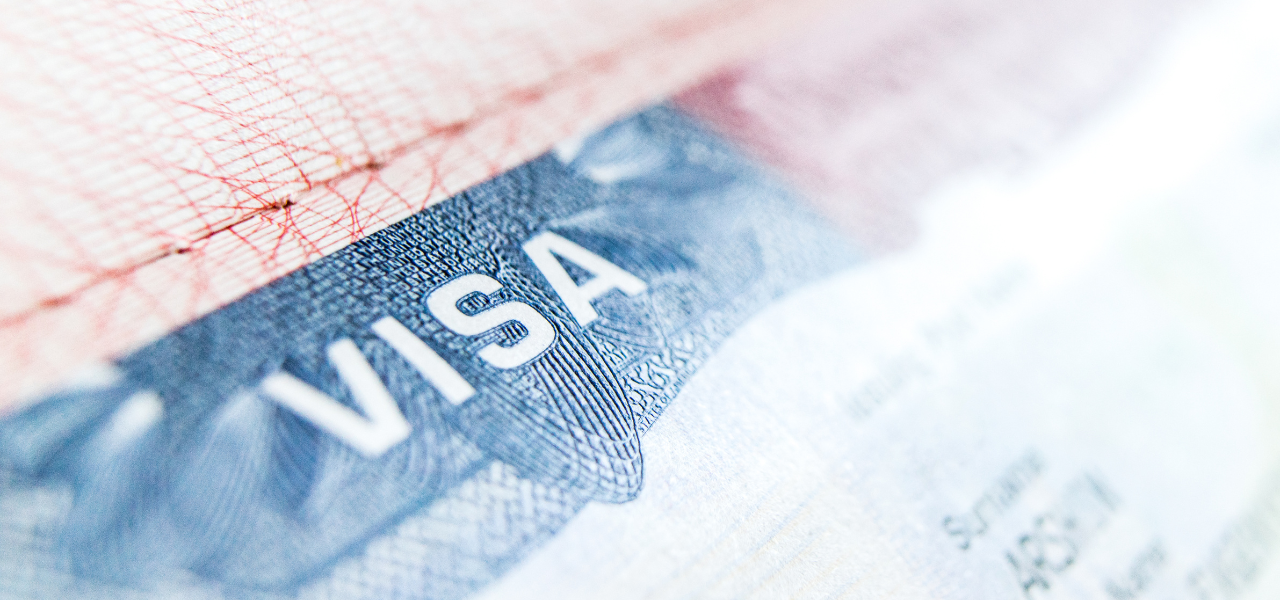Digital Nomad Visa: Everything You Need to Know in 2025
With the evolution of the world of work to allow remote working in many cases, individuals are often no longer tied to a specific location and increasingly seek to identify the ideal location for them to fit their lifestyle. Countries have not been slow to recognise this, and many offer digital nomad visas, which allow for extended residency and the right to work for such individuals.

Generally, to reside and work in a country of which a person is not a citizen requires some form of visa, work permit or residency permit or a combination of the foregoing.
Due to technological advances and a widening range of professions, more and more people are not tied to a specific location to carry out their work, and many countries have put in place programmes which recognise and meet this need. The visas granted under such programmes are generically known as digital nomad visas. They are sometimes referred to as remote working visas or independent contractor visas, but all achieve the same result, and this blog will use the term digital nomad visa to refer to all such programmes.
Digital nomad visas are permits which allow a person to live and work in a country for a specified period (which can often be extended). As such, they can be differentiated from tourist visas, which are typically shorter-term and do not permit working.
There are over sixty countries currently offering digital nomad visas, and it can be expected that this number will continue to grow as more countries are launching programmes on a regular basis. The requirements for a digital nomad visa vary from country to country, but typically require proof of sufficient income from a source outside the destination country and health insurance.
Which countries offer digital nomad visas?
The list is long, and the countries offering digital nomad visas at the time of writing are set out below, with many more expected to follow.
Europe: Albania, Andorra, Croatia, Czechia, Estonia, Georgia, Germany, Greece, Hungary, Iceland, Italy, Latvia, Malta, Montenegro, Norway, Portugal, Romania, Spain and Türkiye.
Americas: Argentina, Belize, Brazil, Colombia, Costa Rica, El Salvador, Ecuador, Mexico, Panama and Peru.
Caribbean: Anguilla, Antigua and Barbuda, Aruba, Bahamas, Barbados, Bermuda, Cayman Islands, Curaçao, Dominica, Grenada, Montserrat, Puerto Rico and Saint Lucia.
Oceania: Australia and New Zealand
Asia: Bali (Indonesia), Goa (India), Japan, Malaysia, South Korea, Sri Lanka, Taiwan, Thailand and Vietnam.
Middle East: Abu Dhabi (UAE), Dubai (UAE) and Türkiye.
Africa: Cabo Verde, Kenya, Mauritius, Namibia, Seychelles and South Africa.

Why is a digital nomad visa required and desirable?
Firstly, it is generally prohibited to work in a country while visiting there as a tourist, whether or not a tourist visa is required. Most countries will not have an issue with the occasional work call or virtual meeting, but work for reward is subject to sanction and potentially removal from the country.
In addition, the length of stay as a tourist is usually limited. Obtaining a digital nomad visa ensures that you can stay for an extended period and work within the law.
What are the requirements for obtaining a digital nomad visa?
The requirements vary from country to country but typically include proof of income from a source outside the country or a minimum level of savings (the level of which varies from country to country quite substantially, for example, Iceland requires earnings of EUR 7,000 per month whereas Norway only requires EUR 35,000 per year and Germany only requires proof that an applicant can cover their expenses) and proof of health insurance. Other requirements can include proof of work and proof of accommodation.
How long are digital nomad visas valid for?
Again, this varies considerably from country to country. The shortest is 6 months, and the longest currently is up to 36 months. Most can be extended.
How long does it take to obtain a digital nomad visa?
Of course, this varies, but it typically takes about a month without factoring in the time to prepare the application and supporting documentation.
What are the costs of the application?
Application costs vary from as little as EUR 100 to USD 1,500, but most are in the range of a couple of hundred USD.
What are the tax implications?
Holding a digital tax nomad visa does not in itself usually affect your tax status. Your tax residency is usually determined by where you spend most of your time (typically set at over 183 days), and so you may become a tax resident in the country for which you hold a digital nomad visa if you spend most of your time there. If you do become tax resident locally, it is important to consider any double tax treaties which may apply and whether the tax years of the holder’s home country and digital nomad jurisdiction align (for example, the UK tax year is 6 April to 5 April, whereas most countries follow a calendar year). It may well be worth obtaining some basic tax advice to ensure that no problems arise down the line.

Final Thoughts
Digital nomad visas are relatively new, with Estonia being the first to launch a programme in 2020. They are increasing in popularity, and it is expected that more countries will introduce programmes in the coming months and years to meet growing demand.
Digital nomad visas are low-cost and quick to obtain. They give the holder the right to reside in a country of their choice while continuing to work remotely. Given the general movement towards and the availability of remote working due to technological advances, there is no obvious reason why this should not be thousands of miles away.
It all sounds very exciting and romantic, and it certainly can be. But applicants should consider many other factors, such as the effect of time differences, availability of healthcare, costs of living in the desired location and potential social isolation, as well as potential tax complications. Having lived in many countries myself, my advice would be to decide where you want to spend some time and then see whether that has a digital nomad visa programme rather than the other way around.
If you want to learn more, read about your second passport options, a thorough explanation what is a dual citizenship and learn about the most powerful passports on our insights page.
FAQs on Digital Nomad Visas

Do all countries offer digital nomad visas?
Currently, over sixty countries offer digital nomad visas, and it is expected that more will follow.
What are the application costs?
Application costs vary from country to country, but are typically in the region of a couple of hundred US dollars.
Can my family join me?
Many countries offering digital nomad visas will also extend the offering to family members, subject to meeting the specific programme’s requirements, which typically involve a requirement of dependency and a higher required level of income.
What documentation is required?
This varies from programme to programme but typically includes proof of income, proof of health insurance and sometimes proof of accommodation as well as proof of identity and a passport with validity at least six months past the end of the visa period. A police certificate is often not required, but, as is typical with all types of visa applications, the visa may be denied or revoked if the applicant has a criminal record.
Do I need to be employed to obtain a digital nomad visa?
Generally not. The programmes are designed at least in part for freelancers, and such persons are welcome. However, freelancers may have more difficulty proving the required income and required remote work levels.
How much do I need to earn to qualify for a digital nomad visa?
This varies considerably and is typically two to three times the minimum wage in the relevant country, with requirements from as low as USD 750 per month for Mexico to EUR 7,000 for Iceland. Some countries will grant a digital nomad visa on the basis of sufficient savings.





.svg)





.png)





.png)





.png)





.png)





.png)





.png)


